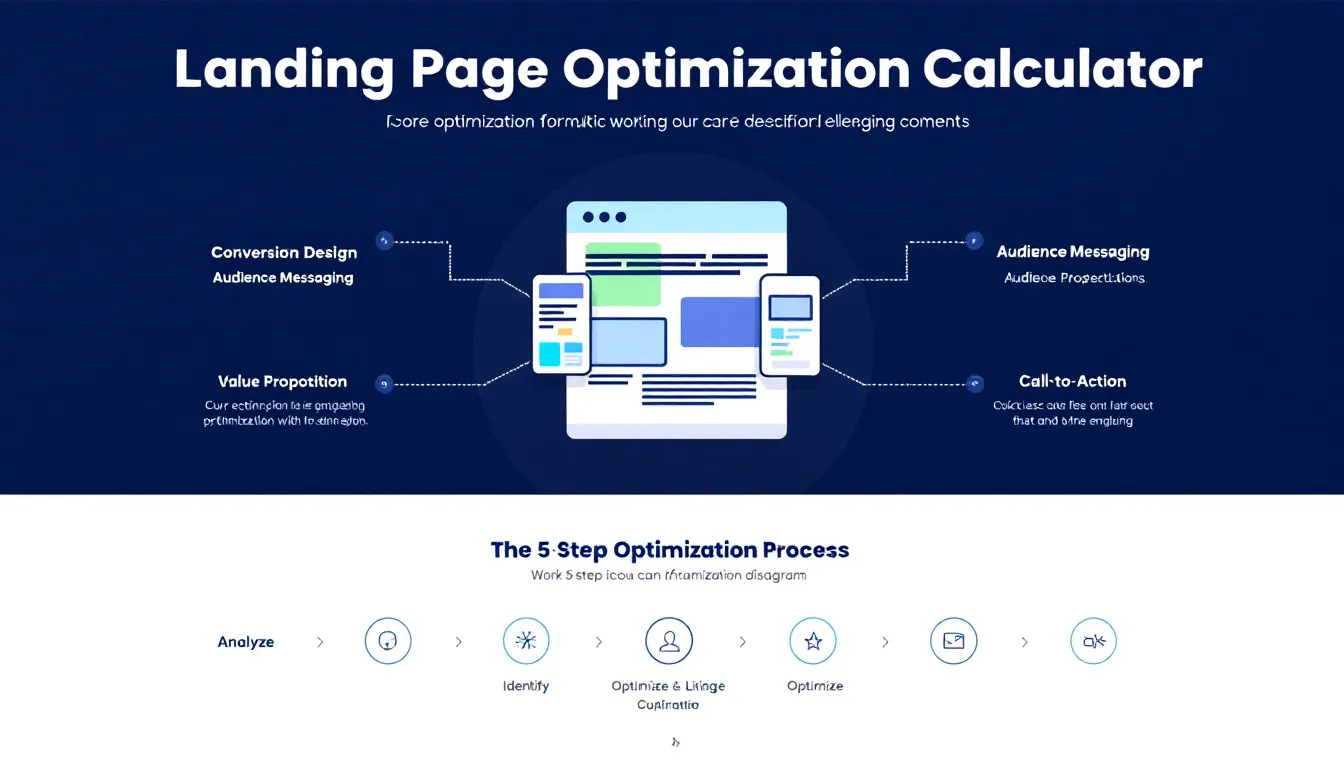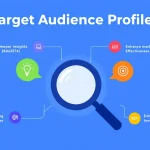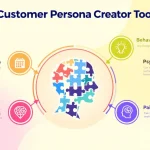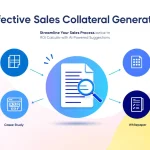Is this tool helpful?
How to Use the Landing Page Optimization Suggestion Tool Effectively
This powerful landing page optimization tool helps businesses improve their paid search campaign performance through personalized recommendations. Here’s a detailed guide on using each field:
Step-by-Step Field Guide
- Business Name: Enter your company name clearly. Examples:
- “Mountain Peak Fitness Studio”
- “Bright Smile Dental Care”
- Products/Services Description: Provide detailed information about your offerings:
- “We provide personalized fitness training programs with specialized equipment and nutrition coaching for athletes and fitness enthusiasts”
- “Comprehensive dental services including cosmetic dentistry, orthodontics, and preventive care using state-of-the-art technology”
- Target Audience Description: Detail your ideal customer profile:
- “Health-conscious professionals aged 30-50 seeking personalized fitness solutions in the greater Boston area”
- “Families and young professionals in suburban areas looking for comprehensive dental care with flexible scheduling”
Understanding Landing Page Optimization for Paid Search Campaigns
Landing page optimization is the systematic process of enhancing web pages to improve conversion rates from paid search traffic. This tool analyzes your business information, target audience, and current campaign details to generate tailored recommendations for maximizing your paid search ROI.
Core Components of Landing Page Optimization
- Conversion-focused design elements
- Audience-specific messaging
- Clear value propositions
- Strategic call-to-action placement
- Trust signals and social proof
Benefits of Using the Landing Page Optimization Tool
1. Data-Driven Recommendations
The tool processes your input to generate actionable suggestions based on proven optimization principles and industry best practices.
2. Time and Resource Efficiency
Instead of lengthy manual analysis, receive instant recommendations tailored to your specific business context and audience needs.
3. Improved Campaign Performance
Implementation of suggested optimizations can lead to:
- Higher conversion rates
- Reduced bounce rates
- Improved quality scores
- Lower cost per acquisition
Practical Applications and Use Cases
Example 1: E-commerce Store Optimization
A boutique fashion retailer used the tool to optimize their product landing pages:
- Initial conversion rate: 2.3%
- Post-optimization conversion rate: 4.8%
- Key improvements: Product imagery, mobile responsiveness, trust badges
Example 2: Service Business Enhancement
A local plumbing service optimized their emergency service landing page:
- Click-through-rate improvement: 35%
- Lead form submissions: Increased by 56%
- Key improvements: Clear pricing, service area map, customer testimonials
Problem-Solving Capabilities
1. Audience Alignment
The tool identifies mismatches between audience needs and landing page content, suggesting specific improvements to enhance relevance.
2. Conversion Barriers
Analyzes potential obstacles in the conversion process and provides solutions to remove friction points.
3. Message Consistency
Ensures alignment between ad copy and landing page content to maintain user engagement and trust.
Implementation Strategy
Recommended Implementation Process:
- Review current performance metrics
- Implement suggested changes incrementally
- A/B test modifications
- Monitor performance changes
- Iterate based on results
Frequently Asked Questions
How often should I optimize my landing pages?
Regular optimization is recommended, typically monthly or quarterly, depending on traffic volume and campaign performance.
What makes a good landing page?
A good landing page should have clear messaging, relevant content, compelling calls-to-action, and fast loading speed while addressing visitor intent.
How long does it take to see results from optimization?
Results typically become visible within 2-4 weeks, depending on traffic volume and implementation speed.
Can I optimize multiple landing pages simultaneously?
Yes, you can optimize multiple pages, but it’s recommended to prioritize high-traffic or high-value pages first.
Should I create different landing pages for different campaigns?
Yes, creating targeted landing pages for specific campaigns often yields better results than using a one-size-fits-all approach.
How do I measure optimization success?
Track key metrics including conversion rate, bounce rate, time on page, and cost per conversion to measure optimization effectiveness.
Best Practices for Implementation
1. Technical Considerations
- Mobile responsiveness
- Page load speed optimization
- Cross-browser compatibility
- Clear navigation structure
2. Content Guidelines
- Clear, benefit-focused headlines
- Scannable content structure
- Engaging visual elements
- Persuasive call-to-action placement
3. Testing Protocol
- Establish baseline metrics
- Document changes implemented
- Monitor key performance indicators
- Analyze user behavior data
Important Disclaimer
The calculations, results, and content provided by our tools are not guaranteed to be accurate, complete, or reliable. Users are responsible for verifying and interpreting the results. Our content and tools may contain errors, biases, or inconsistencies. We reserve the right to save inputs and outputs from our tools for the purposes of error debugging, bias identification, and performance improvement. External companies providing AI models used in our tools may also save and process data in accordance with their own policies. By using our tools, you consent to this data collection and processing. We reserve the right to limit the usage of our tools based on current usability factors. By using our tools, you acknowledge that you have read, understood, and agreed to this disclaimer. You accept the inherent risks and limitations associated with the use of our tools and services.







